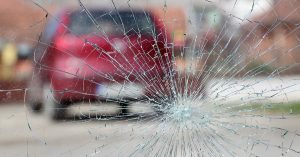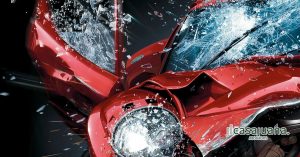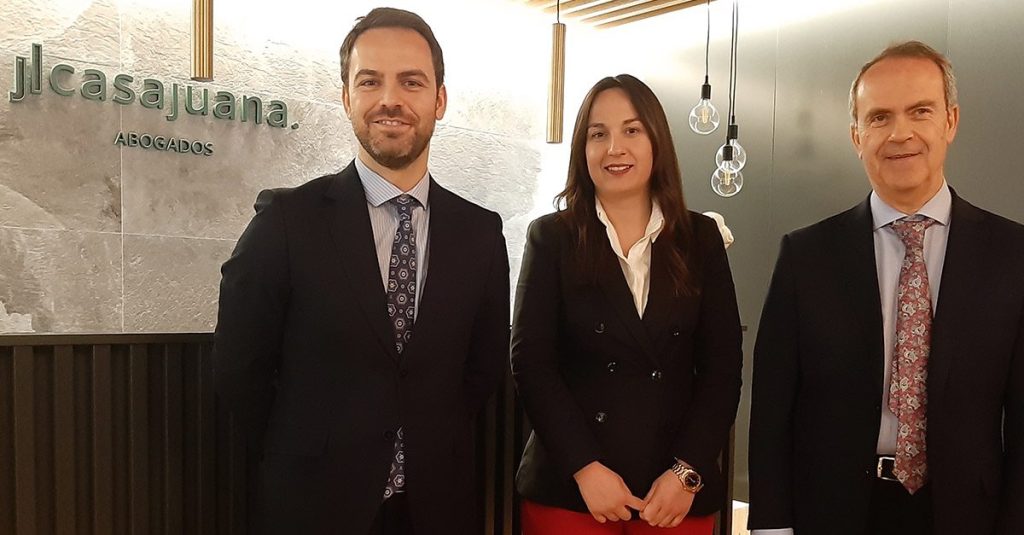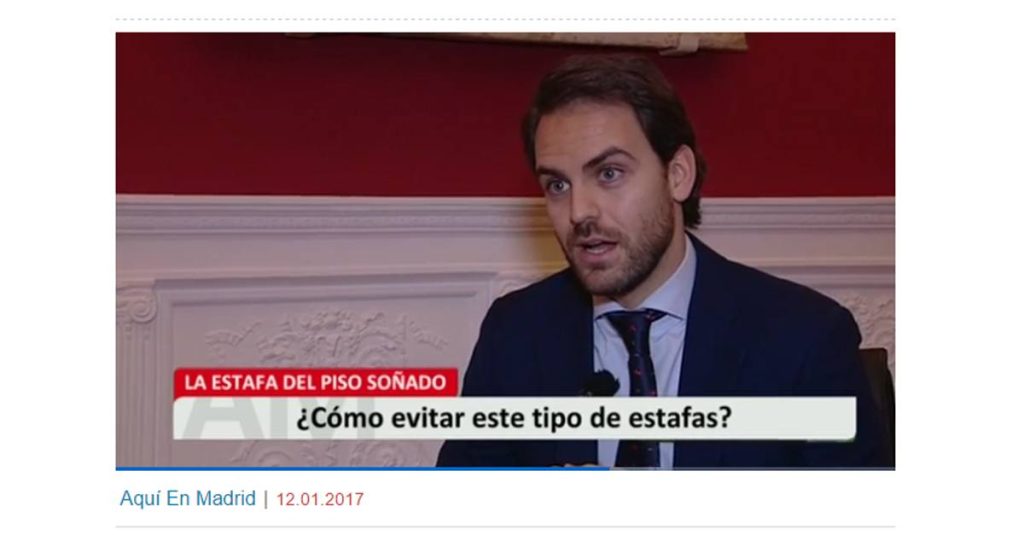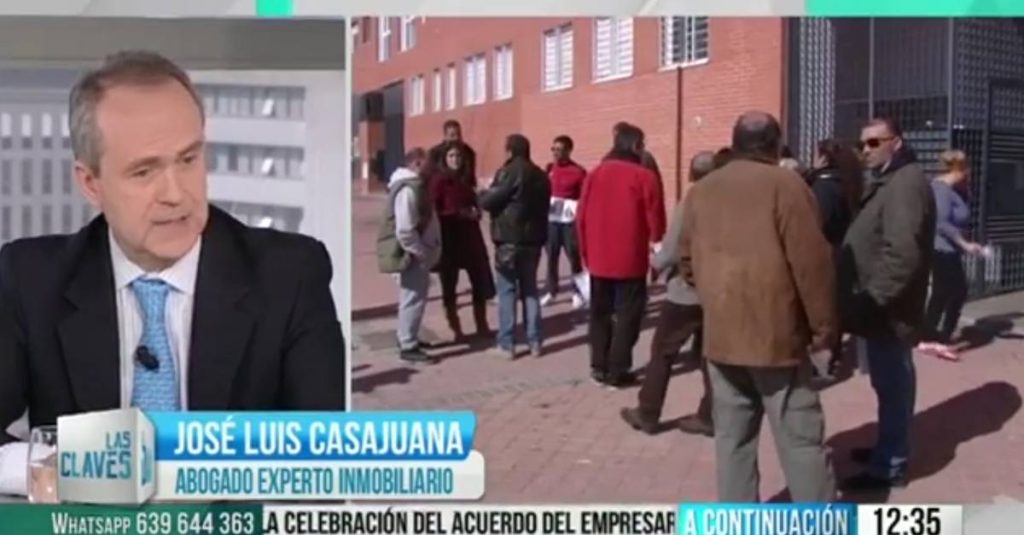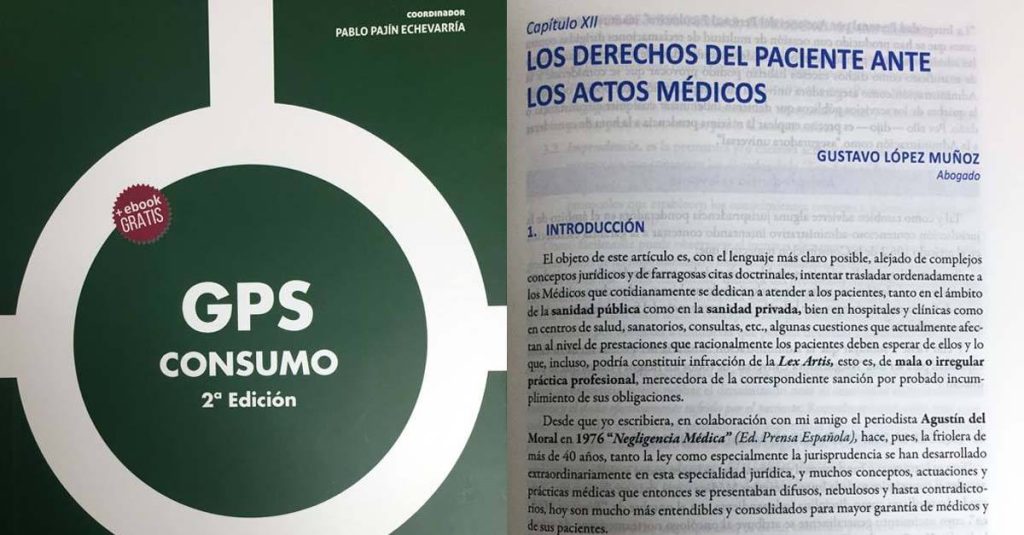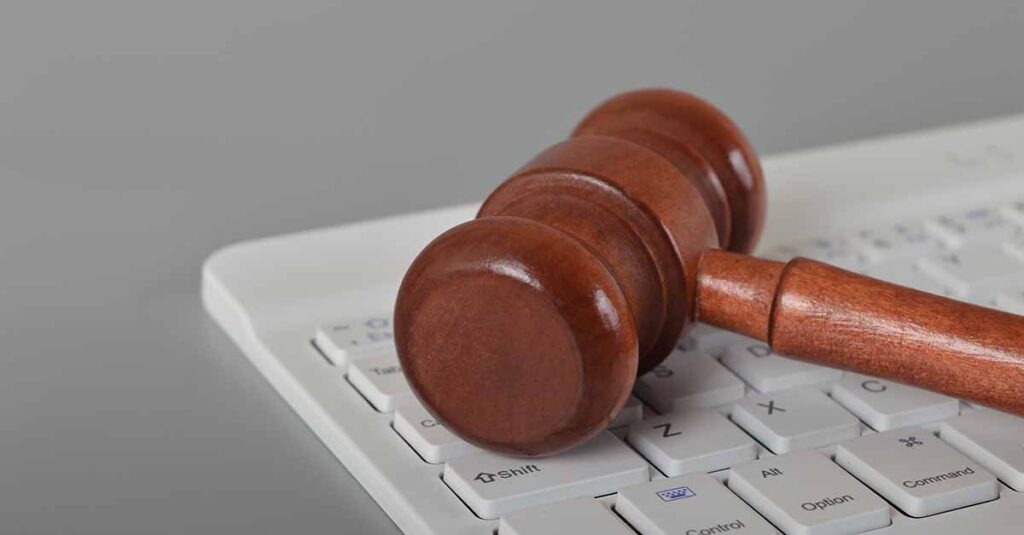Typologies of Civil Liability
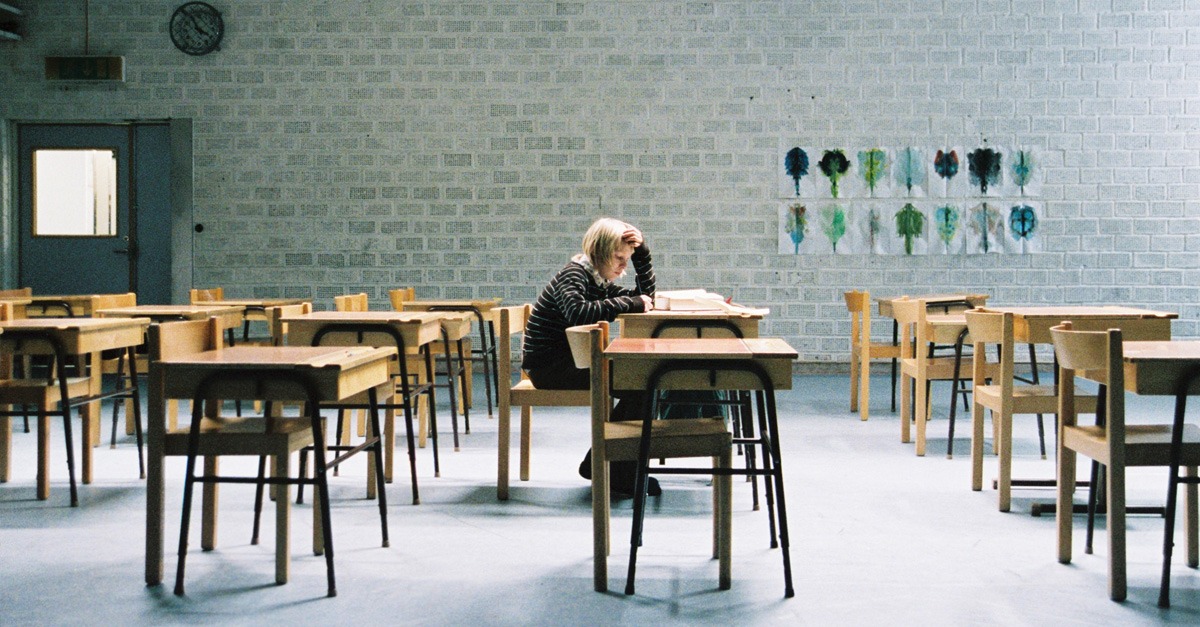
Typologies of Civil Liability in Educational Centers, parents and employers.
Civil liability of parents and schools
Responsibility of parents for acts with civil significance
Introduction, rationale and objective scope of responsibility
Article 1903 of the civil code states that parents will be “responsible for damages caused by children under their care”.
The foundation lies in the concept of culpa in vigilando or in educando. In this way, the parents will respond for those harmful acts of the children committed to their custody when the damage is due to defective parental care. In this sense, a negligent action of the parents in their educational work is presumed, being these, although indirectly, responsible for the material damages caused by their children.
This presumption, iuris tan tum, can be attacked for the benefit of those declared responsible if they, as authorized by article 1903 CC, prove that there is a cause of exoneration of the aforementioned responsibility that is summarized in the burden of proof that weighs on them to demonstrate that, to prevent the damage, they used all the diligence of a good father of a family. Despite this, the Supreme Court has objectively In practice, the nature of said responsibility, which is understood to be direct and therefore not subsidiary to that of the material agent of the damage, since there are hardly any sentences that have released parents from the obligation to repair the damage caused by the acts of their children, thus becoming the basis of the obligation to repair the damage in a criterion of liability for risk or quasi-objective.
Given the characteristics, it is time to break down the objective scope of responsibility, referring to the necessary assumptions that must take place for the duty to repair the damage caused to arise.
Given the characteristics, it is time to break down the objective scope of responsibility, referring to the necessary assumptions that must take place for the duty to repair the damage caused to arise.
First of all, it is necessary to refer to the fact that for this responsibility to arise it is not necessary for the children to be civilly responsible. That is, it can happen, for example, that the son does not have the capacity to understand the scope of her actions. In these cases, the justification is greater since I know that the obligation to watch over the children is intensified to the extent that they are not capable of governing their own actions according to their own circumstances. In this sense, several supreme court judgments have been declared, such as the STS of March 9, 2006, which prescribes that despite the non-imputability nature that the damage agents may present in these cases, the responsibility that weighs on the parents they cannot be exonerated.
Another necessary assumption that must be given is that the children are “under their care”, since the duties of parents towards their children are still alive under parental authority. At the moment in which this is extinguished, it is presumed that the children lead an independent life, and for this reason they become responsible for the acts they may commit. In this order of ideas, it is worth making a small criticism of what the law provides according to the way in which the declared independence takes place. In this way, it is necessary to be aware of the different ways in which the separation of parents and children takes place, highlighting in the first place the figure of emancipation (remember that it can be voluntary or judicial) and the case of independent life of the minor when mediated. consent of the father. In this sense, I must say that, in my opinion, I do not find acceptable the position of article 319 CC, which considers the second case as a case of emancipation, which requires a more elaborate process for it to take place, presuming a state of independence. and capacity of the minor, and therefore responsible for what they do voluntarily, which should not be presumed when a state of independence has been produced by the simple consent of their parents who, in a certain way, are avoiding those duties and obligations that lays down the law for the benefit of their children.
Finally, it should be said on this point that although parental authority appears closely related to the assumption of responsibility, the determining factor is to determine who assumes guardianship duties, and not so much who is the owner thereof. Well, it would not be appropriate to attribute the contribution to the production of the damage to a person who cannot exercise guardianship, which, as indicated in article 1903 CC itself, is a necessary budget for the responsibility for damage caused by a third party, in this case the children, to take place.
Character of responsibility
According to the doctrine, it is established that the responsibility is joint and several with respect to the father and the mother. It is obvious because in most cases custody is exercised jointly by both parents (see article 156 CC), in these cases two being responsible, an enabling budget to declare solidarity for the same damage when it is attributable to several subjects and it cannot be determined to what degree or percentage they are responsible for the damage caused to the legal interest protected by the norm.
Regarding children, it must be said that by virtue of the principles on non-contractual liability contained in the Civil Code in articles 1902 and following, it must be stated that they will also be responsible for damages to the extent that they are attributable to them. At this point, it is worth remembering one of the basic characteristics that give rise to the concurrence of civil liability to be the imputability of the person responsible. Without being explicitly mentioned in article 1902 CC, this requirement can be inferred from the term guilt, while the capacity for guilt or the ability to discern the scope of one’s own acts are essential elements of imputability. The problem in these cases will be to determine, due to the silence that the Civil Code itself makes on this issue, the age from which minors should be considered capable of understanding the consequences of the acts they perform, serving as a reference and starting point. The starting age for the birth of said responsibility is the age established in the Organic Law on Criminal Responsibility of Minors, which establishes that they shall be considered criminally and civilly responsible from the time they reach 14 years of age.
Responsibility of schools
The owners of non-higher education schools are, together with parents, equally responsible for the damages committed by minors, and a certain group of adults, for the acts committed by their students within the center itself and during teaching hours.
It is logical to exclude from the scope of responsibility the heads of higher education educational centers where students have reached the age of majority and also have full capacity for discernment as can be deduced from his age.
Because the applicable legal regime is different depending on the subjects called upon to respond, it is convenient to explain what this type of responsibility consists of, making a classification of the type of center where the students are potentially capable of causing certain harm. In this way, a difference is made between public, private and subsidized centers.
Private schools
Responsible subjects, rationale and objective scope of responsibility
It is a direct responsibility, therefore not subsidiary, and due to fault that weighs on the owners of educational centers for the damages caused by their minor students during the time in which they are, or even should have been, under the control or surveillance of the teaching staff.
The reference to the principal is understood to be made because it is the latter who is responsible for the organization of the center, which entails the choice and control of the teaching staff; the organization of school, extracurricular and complementary activities of the previous ones; and, the management and maintenance of the facilities, to the extent that if negligence is observed in any of these tasks and in turn causes the damage by the students, the responsibility of the center would be triggered. Likewise, if the owner himself does not comply with his obligations in eligendo or in vigilando with respect to his staff, the latter negligently performing the guard tasks that are attributed to him, the first will be responsible for damages that may result from such negligent action causing damage caused by a student.
The title of imputation that sustains this responsibility is fault, considered as a subjective foundation from which the obligation to repair the damage arises. It does not happen as in the case of the responsibility of the parents for the acts committed by their children, where, as we have already said, the responsibility becomes quasi-objective, since on the responsibility of the owners of educational centers there is abundant jurisprudence that under the parameter from guilt blames and exonerates, depending on the case, the recipients of this legal regime of responsibility.
As objective assumptions, it must be affirmed that for there to be responsibility for the act of another, the existence of a harmful act from an objectively negligent student at the center must be verified, without it being necessary for the student is attributable for civil purposes; that the student is a minor, as long as they have not been emancipated or lead an independent life, or of legal age if they have become incapacitated or are actually incapable; the damage must also occur while the student is, or should have been, under the control of the center, that is, with respect to the last of the possible situations, if the damage occurs outside the educational center because the student has escaped from he, the owner will continue to be responsible when the leak could have been prevented with adequate surveillance and control; Finally, there must be a culpable contribution from the owner of the center and that it has been the cause of the damage. To specify when fault is involved in the conduct of the center, all the circumstances of the case must be considered, such as age, dangerous habits, aggressive character, degree of preparation for a certain sporting activity…
Responsibility demand
There are different subjects who may be ultimately recipients of the consequences derived from the liability action. Thus, it will be necessary to attend to the contribution of the damage by the subjects involved: students, teachers and owners of the center. Thus, the center has the power in accordance with paragraph 2 of article 1904 CC to repeat from the teacher everything satisfied by the first in cases in which the damage is due to the teacher’s own fault.
Likewise, if the student is civilly attributable, he may be directly required to repair the damage based on article 1902 CC. In this case of concurrence of guilt, the responsibility, in accordance with the doctrine established by the Supreme Court, is considered joint and several, whenever it is not possible to delimit behaviors and degrees of affection on the damage produced.
Finally, it can be said that parents can also be responsible to the extent that they contribute to the production of damage. It is not usual, but think about the possibility that the student brings objects that could be dangerous to the center without the parents intervening so that this does not happen.
Public schools
When the centers are public, the regulations to apply are those that regulate the patrimonial responsibility of the Public Administrations. As this brief study is not the subject of determining the scope and content of the legal regime of the responsibility of these entities, to which the corresponding administrative regulations are applied, it is enough here to highlight a couple of nuances.
Firstly, that they are safe and the actions of return that correspond to the Administration are considered mandatory, in case of having sanctioned the injured party, to demand that the responsible personnel is at the service of that the responsibility in which they have incurred by any of the titles of intent, negligence or serious negligence; and, finally, that the passive legitimacy corresponds only to the Administration for the defense of any action filed by the injured party for the damages that must be compensated derived from the cause of damage for which its personnel is responsible, without prejudice, as it has been said, of the return action that is subsequently filed against the members of his staff.
Employer’s civil liability
Introduction and target budget
This is the responsibility that derives from damages caused in the scope of a company suffered by the personnel who provide services in it as a result of an accident at work.
The specialty of civil liability that is analyzed below lies in the concept of work accident, which is configured as a budget that generates the harmful event that causes the birth of the obligation to compensate the businessperson or employer for said damage. Thus, Article 115.1 of the Consolidated Text of the General Social Security Law defines it as “any bodily injury that the worker suffers on occasion or as a consequence of work carried out by someone else”. p>
In this sense, the following are necessary assumptions that generate this type of responsibility: 1º the existence of an employment relationship for someone else; 2nd the bodily injury suffered by the worker; and 3rd that it is revealed as caused by his work or that it is a consequence of his work or that it is a consequence of it.
To be more precise, section 2 of the same article establishes a series of assumptions that are understood to be included in the concept of accident at work. For example, those suffered by the worker when going to or returning from the workplace; illnesses contracted by the worker as a result of his work; or those that take place on the occasion of the performance of elective positions of a union nature, among others.
However, this concept offered by the aforementioned law is defined for the purposes of social security benefits, with which the other assumptions of the civil liability action must be met, since from the point of view of the civil liability action, it would be outside the orbit of business risk, although not from the perspective of Social Security, in which the jurisprudence has specified that the risk begins and ends at the door of the worker’s house, and, therefore, it will not be attributable to the employer.
Regarding the legal nature of employer liability, it is discussed whether it is contractual or non-contractual in nature, because although the majority doctrine is inclined to consider it contractual, when configuring the legal duty of protection of workers as an authentic obligation of the employer towards the worker that is inserted in the contractual framework of the employment contract (section Rights and duties of workers article 19 workers’ statute), such doctrine is, however, contested from the jurisprudence that unanimously maintains the non-contractual nature, when the harmful result occurs as a consequence of an act carried out in work tasks, which exceeds the specific scope of the employment contract, as the Supreme Court (STS April 18, 2006) indicates that the Civil liability derived from events that occur between people linked by a contractual relationship will have a non-contractual nature as long as they do not occur within the rigorous orbit of the agreement.
However, the current thesis of the Supreme Court (STS January 15, 2008) states that the accident at work is no longer outside the scope of the agreement, while non-compliance of the duties and rules of safety and hygiene at work is a breach of the binding employment contract, in accordance with art. 1258 CC, not only to what was expressly agreed but to all the consequences that, according to their nature, are in accordance with good faith, use and the law, resulting, consequently, that the rules that regulate the employment contract these obligations related to security are part of it.
Legal basis
The latest rulings on employer liability indicate that it is a civil liability for risk. It is due to the profit that the employer expects to expect from the activity of his workers in the company, as well as the risk created by the former in carrying out the exploitation activities that he controls, since a bonus is required in the diligence normally required when adopting proactive measures to avoid negative results as a result of exploitation. To a greater extent in the case of activities that entail a special danger, where compliance with the regulations designed for foreseeable and preventive purposes is not enough, and the employer must exercise extreme diligence.
In this way, the requirement of the highest diligence to prevent damage makes compliance with safety regulations or accident prevention irrelevant or insufficient as a cause for exclusion of civil liability . Thus, when work tasks are clearly and particularly dangerous, rigorous ad hoc measures must be adopted to avoid and reduce unfavorable events.
Some examples that in practice demonstrate this omission by the employer of all the measures that prudence imposes to avoid the risks that could foreseeably cause damage are: the death of a worker due to suffocation as a result of mud and water avalanche in a mine; amputations due to lack of training of the worker to manipulate a certain machine; accidents due to working in conditions of poor visibility for the worker, among others.
Causes for Exemption
The first one is called force majeure or fortuitous event and it follows from article 1105 CC “nobody will be liable for those events that could not have been foreseen or, that, foreseen , were unavoidable”, in practice it is difficult to allege due to the level of diligence that is required of the employer who imposes the duty to foresee or avoid almost any accident that could occur in the person of his workers. p>
The behavior of the worker that exclusively supposes the attribution of the accident to him is cause for exoneration in favor of the employer. For this, the employer must prove the existence of an action or omission attributable to the victim that can be classified as culpable or negligent, such as, for example, disobeying the employer’s orders, the non-use by the worker of the security mechanisms if are made available to you, the unilateral manipulation of the machine, etc.
Action prescription
According to the Court’s understanding of the nature of the relationship from which the damage presumed for the action derives. If it is understood to be non-contractual, the term ex art. 1968.2 CC is 1 year. If, on the other hand, the damage is considered derived from the breach of the labor contract for contravention of what is expressly provided in it in any of its clauses, or due to the lack of subjection of the employer to the law, the prescription period in accordance with article 1964.2 CC is 5 years for those personal actions that do not have a special term set.

